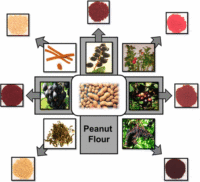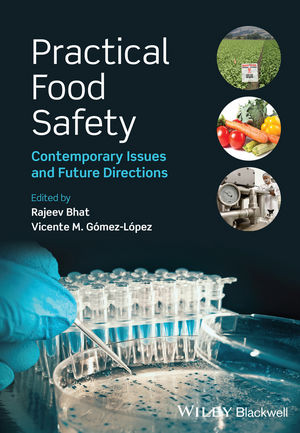Researchers Study How Much Peanut Protein Those with Allergies Can Tolerate

People with allergies and parents of children with allergies often have to rely on food labels that offer little-to-no precautions about the presence of proteins causing the allergy in foodstuffs or processing facilities. Current labels do not reflect the small amounts of exposure that those consumers with allergies could potentially tolerate in a product without a major reaction. When products have labels that say "may contain" or "was processed in a facility...," these are not helpful to consumers who manage allergies. New studies are being conducted to determine "safe" levels to improve labels and health.
The University of Cincinnati recently conducted one of these studies, and evaluated how much peanut protein those with allergies can tolerate, which could lead to more informative labels. The study was supported by the Institute for the Advancement of Food and Nutrition Studies (IAFNS), a nonprofit.
IAFNS supported the study based on tests in U.S. patients, and the study is the first of its kind to estimate doses of tolerable amounts of peanut protein. The researchers relied on established research protocols and "double-blind placebo-controlled food challenges," held at multiple locations. In these, each patient was exposed to increasing levels of peanut protein in a controlled clinical setting, until the patient showed signs of an allergic reaction.
The scientists reviewed clinical trial data regarding the dose that caused a reaction in patients. This permitted them to expand their understanding of doses that could cause a reaction in an allergic population. The final dataset included 548 peanut protein challenges, from 481 research subjects, after accounting for responses to placebo protein. The researchers examined individual differences in responses to allergens, as well as differences across studies. These individual differences are important for establishing safe limits. Many sources of variability were also considered, including variability between studies (not significant), and between individuals (significant).
The team from the University of Cincinnati used a modeling approach that could account for different levels of data organization, and explored the fit of alternative mathematical models. Researchers use these models to estimate an "eliciting dose," which sets safety limits on allergens.
For example, an "ED01" would elicit an allergic response in 1 percent of those tested, and was calculated to be 0.052 milligrams of peanut protein. An "ED05" would cause reactions in 5 percent of those tested, and was calculated to be 0.49 milligrams of peanut protein.
Looking for a reprint of this article?
From high-res PDFs to custom plaques, order your copy today!








